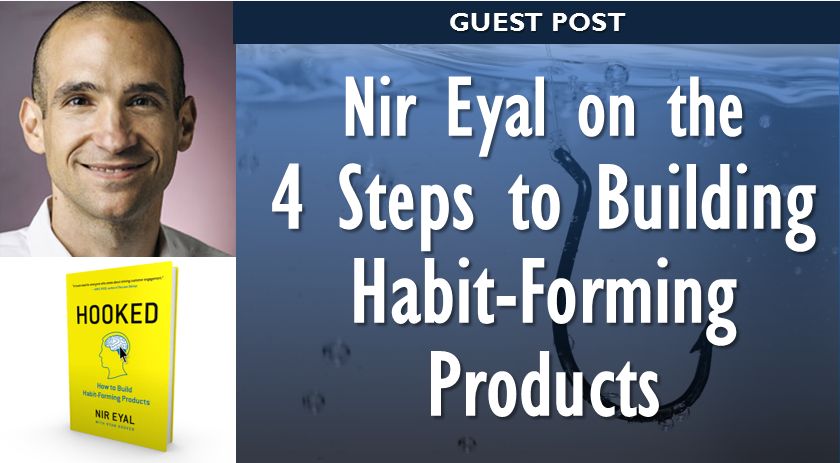This is a guest contribution from Nir Eyal, Nir writes, consults, and teaches about the intersection of business, psychology and technology. Nir founded two tech companies and has taught at the Stanford School of Business .Nir is also an advisor to several Bay Area start-ups , venture capitalists, and incubators. In addition to blogging at NirAndFar.com, Nir is a contributing writer for Forbes, TechCrunch, and Psychology Today. In this posts he walks us through the science of building habit-forming products.
Type the name of almost any successful consumer web company into your search bar and add the word “addict” after it. Go ahead, I’ll wait. Try “Facebook addict” or “Twitter addict” or even “Pinterest addict” and you’ll soon get a slew of results from hooked users and observers deriding the narcotic-like properties of these web sites. How is it that these companies, producing little more than bits of code displayed on a screen, can seemingly control users’ minds? Why are these sites so addictive and what does their power mean for the future of the web?
We’re on the precipice of anew era of the web. As infinite distractions compete for our attention, companies are learning to master new tactics to stay relevant in users’ minds and lives. Today, just amassing millions of users isno longer good enough. Companies increasingly find that their economic value is a function of the strength of the habits they create. But as some companies are just waking up to this new reality, others are already cashing in.
First-to-Mind Wins
A company that forms strong user habits enjoys several benefits to its bottom line. For one, this type of company creates associations with “internal triggers” in users’ minds. That is to say, users come to the site without any external prompting. Instead of relying on expensive marketing or worrying about differentiation, habit-forming companies get users to cue themselves to action by attaching their services to the users’ daily routines and emotions. A cemented habit is when users subconsciously think, “I’m bored,” and instantly Facebook comes to mind. They think, “I wonder what’s going on in the world?” and before rationale thought occurs, Twitter is the answer. The first-to-mind solution wins. Continue reading “Hook: 4 Steps to Building Habit-Forming Products”

